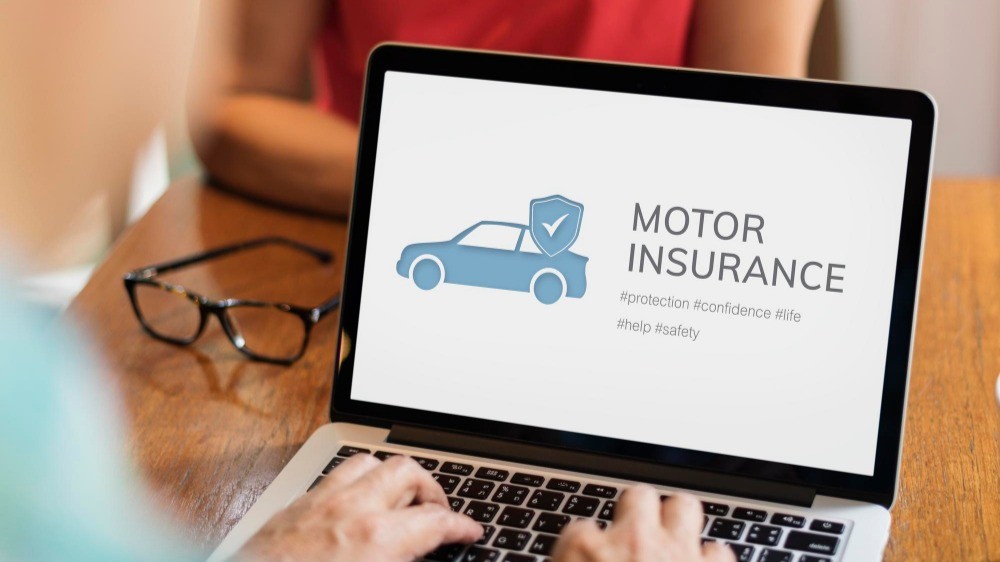
The Future of Auto Insurance: Trends to Watch in 2025
The road ahead for auto insurance isn’t just about coverage—it’s about adaptation, innovation, and rising costs. As technology advances and consumer behavior shifts, insurers are rethinking risk, pricing, and policy structures.
In 2025, we’re witnessing a rapid digital transformation, a rise in connected vehicles, and a growing concern over increasing premiums. But what’s driving these changes, and how will they impact drivers and insurers alike?
Let’s explore the key trends shaping auto insurance in 2025 and what they mean for policyholders.
1. Digital Transformation: The New Era of Insurance
The days of traditional paperwork and long claim processing times are fading. The insurance industry is fully embracing digital-first strategies, offering faster, more personalized experiences for drivers.
- AI-Powered Claims Processing: Insurers are using AI to automate claims assessments, reducing processing times from weeks to days—or even minutes.
- Instant Digital Policies: Many providers now offer on-demand coverage, allowing drivers to purchase or modify policies instantly through mobile apps.
- Chatbots and Virtual Assistants: AI-driven customer service tools provide 24/7 support, answering questions and guiding customers through claims and policy changes.
- Blockchain for Fraud Prevention: Blockchain technology enhances data security, reducing fraud risks and improving policyholder trust.
How It Affects Policyholders
- Faster claims settlements with AI-driven processing.
- More convenient policy management through apps and digital platforms.
- Reduced insurance fraud, leading to fairer pricing.
2. Connected Vehicles: The Rise of Smart Cars
Cars are getting smarter, and insurance companies are paying attention. Connected vehicles—equipped with advanced telematics, sensors, and real-time data sharing—are changing the way insurers assess risk and set premiums.
How Connected Vehicles Are Reshaping Insurance
- Usage-Based Insurance (UBI): Policies are shifting toward pay-how-you-drive models, where safe drivers get lower premiums based on real-time driving data.
- Automated Safety Features: Vehicles with adaptive cruise control, lane departure warnings, and collision avoidance systems often qualify for discounted insurance rates.
- Data-Driven Risk Assessment: Insurers now use vehicle data to fine-tune policy pricing, rewarding drivers who engage in safer behaviors.
How It Affects Policyholders
- Drivers who opt-in for telematics programs can save money on premiums.
- Safer cars may lead to lower accident rates, reducing claims and insurance costs over time.
- Privacy concerns around data tracking may become a growing issue for some consumers.
3. Rising Premiums: What’s Driving Higher Costs?
While technology is making insurance more efficient, it’s also driving up costs in certain areas. Auto insurance premiums have been on the rise, and 2025 is no exception.
Factors Contributing to Higher Insurance Rates
- Expensive Repairs for High-Tech Vehicles: Modern cars come with advanced sensors, cameras, and electronics, making repairs more costly.
- Inflation and Supply Chain Issues: The rising costs of auto parts, labor, and replacement vehicles are pushing premiums higher.
- Increased Accident Rates: Despite safety features, the growth of distracted driving continues to lead to higher claim payouts.
- Climate Change and Extreme Weather: More floods, wildfires, and hurricanes mean higher insurance losses, leading to increased comprehensive coverage rates.
How It Affects Policyholders
- Expect higher premiums, especially for drivers with high-tech vehicles or accident histories.
- Bundling policies and maintaining a clean driving record can help offset cost increases.
- Some drivers may switch to usage-based insurance to control premium costs.
4. The Shift Toward Pay-Per-Mile and On-Demand Insurance
As work-from-home and flexible commuting become the norm, many drivers are looking for customized insurance options. Insurers are responding with pay-per-mile and on-demand coverage models.
How These Models Work
- Pay-Per-Mile Insurance: Drivers pay a base rate plus a cost per mile driven, making it ideal for low-mileage or occasional drivers.
- On-Demand Insurance: Temporary coverage that can be activated only when needed, such as for rental cars or ridesharing.
How It Affects Policyholders
- Low-mileage drivers can save money by switching to usage-based policies.
- More flexibility in choosing coverage that fits changing driving habits.
- Traditional flat-rate insurance may become less popular over time.
5. AI-Driven Risk Assessment and Fraud Prevention
Artificial Intelligence is not just about automating claims—it’s also revolutionizing risk assessment and fraud detection.
How AI Is Improving Auto Insurance
- Predictive Analytics for Pricing: AI evaluates driving history, vehicle type, and location to offer more accurate pricing.
- Fraud Detection Algorithms: Machine learning can identify suspicious claims, preventing fraudulent payouts and keeping costs fair.
- Personalized Policy Recommendations: AI-driven platforms help customers find policies tailored to their unique driving patterns.
Conclusion: A Dynamic Future for Auto Insurance
The future of auto insurance in 2025 is shaped by cutting-edge technology, changing consumer needs, and a more personalized approach to coverage. While drivers may face rising premiums, they also have access to more flexible, data-driven insurance models that reward safe driving and offer tailored solutions.
As we move forward, the key for insurers will be to balance innovation with affordability, ensuring that all drivers can access the protection they need in a rapidly evolving landscape.
Frequently Asked Questions (FAQ)
1. What is usage-based insurance?
Usage-based insurance (UBI) is a type of auto insurance where premiums are based on the driver’s behavior, such as how much they drive, how they drive, and when they drive. Insurers use telematics data from the car to assess these factors.
2. How can I lower my auto insurance premiums in 2025?
To lower your auto insurance premiums, consider opting for usage-based insurance, maintaining a clean driving record, bundling policies (e.g., home and auto), and ensuring your vehicle is equipped with modern safety features.
3. What impact will AI have on auto insurance?
AI will streamline claims processing, improve risk assessment, and help detect fraudulent claims more efficiently. It will also lead to more personalized policy offerings based on individual driving behavior and history.